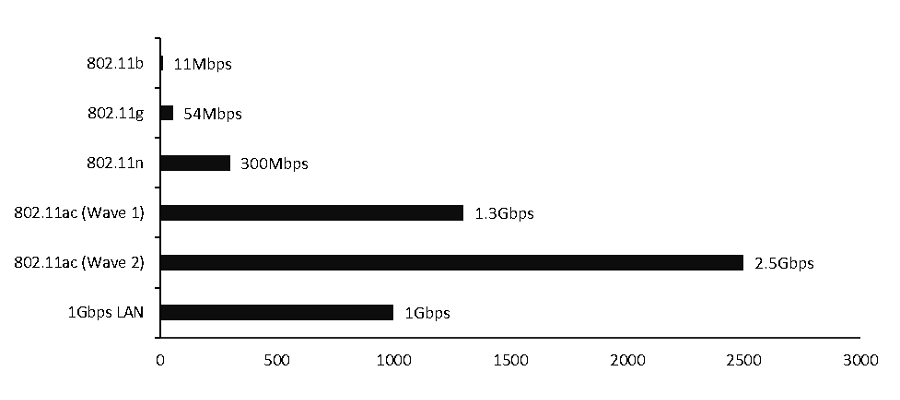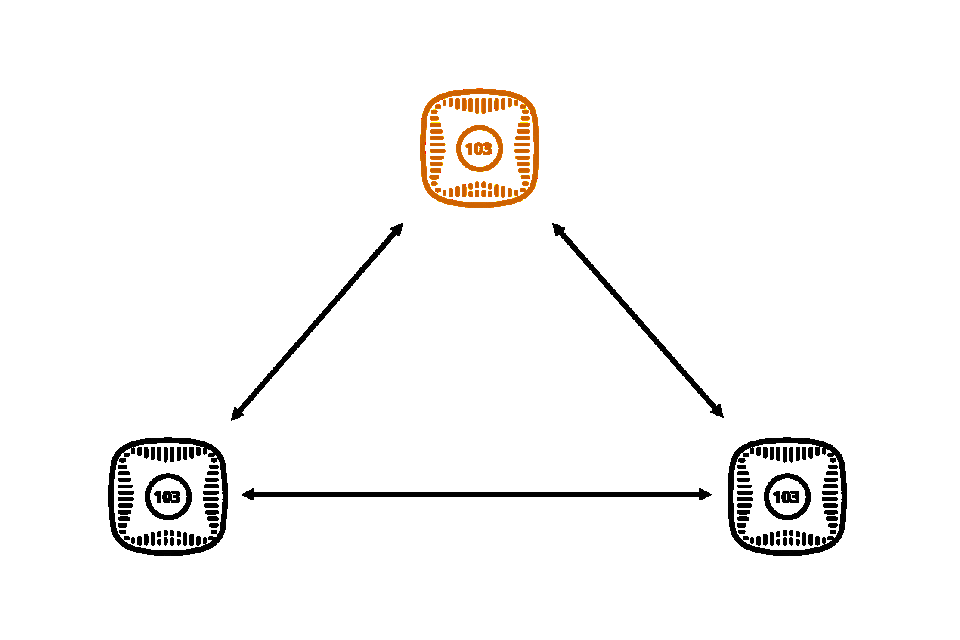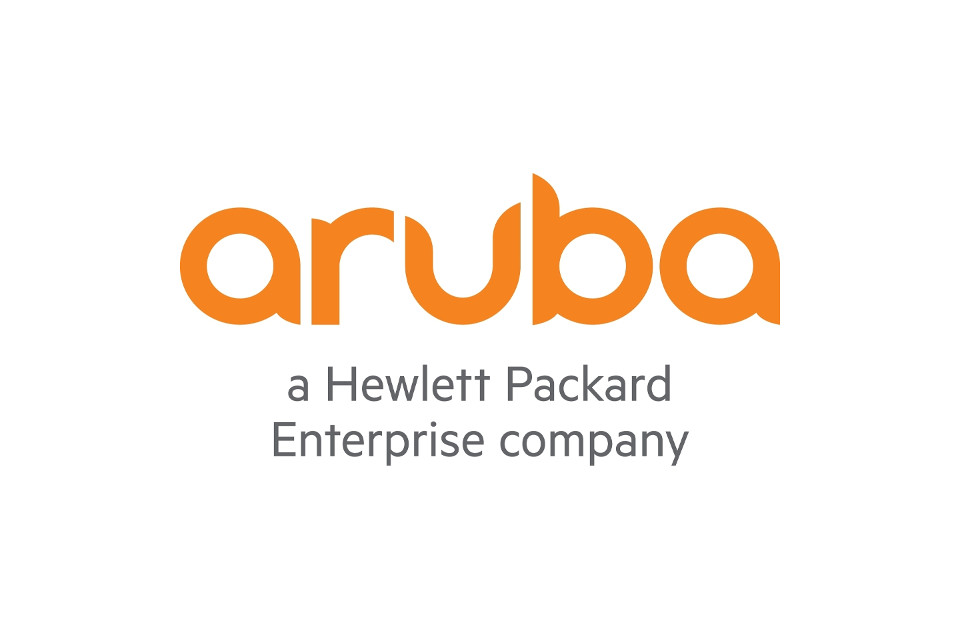According to Gartner, by year 2018 40% of enterprises will choose wireless as their default connection for nonmobile devices, as PC`s, desk phones, conference rooms, projectors.
Gartner made this prediction on year 2014 and by the looks of it, the industry has kept up with the tendency and we could say that it will be very likely that this prediction will be true. As a matter of fact, if we take into account the rapidly growing trend of Internet of Things (IOT), which according to Gartner, by the year 2020 will have more than 50 billion IoT devices connected to the network, it is safe to say that traditional, wired network infrastructure is facing serious challenges to keep up with the growing needs.

During the past years, wireless technologies have had exponential growth in terms of innovations and performance (from 11Mbps with 80211b standard up to 2.5Gbps with recently released 802.11ac (WAVE 2). Wireless speed already beats traditional wired networks speed by 2.5 times, therefore when planning network upgrades, Wi-Fi could be considered as a serious alternative. Speaking about upgrades Hewlett Packard Enterprise has developed HPE Smart Rate network interface, which by using existing CAT5 cables reach up to 5Gbps to Access Points.
Traditionally building a larger wireless infrastructure with all the business security and manageability features was challenging and oftentimes quite costly because of the complex controller based solution. Nowadays the Access Points are powerful enough to take the controller role.

In case of Aruba (Aruba Instant) one of the Access Points (AP) takes the role of a controller and is able to automatically detect and provision al other Aruba AP`s. The admin only once has to set all the rules and policies and they will automatically be pushed to all other AP`s. Additionally AP`s have high availability between themselves – even if the controller (AP) fails, another one will take its role and continue to operate.
More complex infrastructures or companies with remote offices, branches could use more advanced solutions: Aruba AirWave and Aruba Central.
Aruba AirWave is an on-premise management solution (runs as a virtual machine or a physical appliance), which has the following advantages:
- Possible to manage full network infrastructure, including Aruba switches;
- AP positioning planning, heatmaps;
- Wider analytics – user monitoring, network performance;
- Current and potential problem monitoring;
- With optional Aruba ClearPass more advanced guests access and employee onboarding
Aruba Central is a cloud management solution which incorporates most of AirWave features but in a simpler, less detailed manner. It gives a more user-friendly interface. As opposed to AirWave, Central does not require high upfront investments (Licenses + virtual machine or physical appliance). Central is annual subscription based.
In summary, business, in order to be more agile and be able to tailor its network infrastructure to keep up with future challenges, can use Aruba solutions which have the required security and management features incorporated in solution for different scales and needs.


